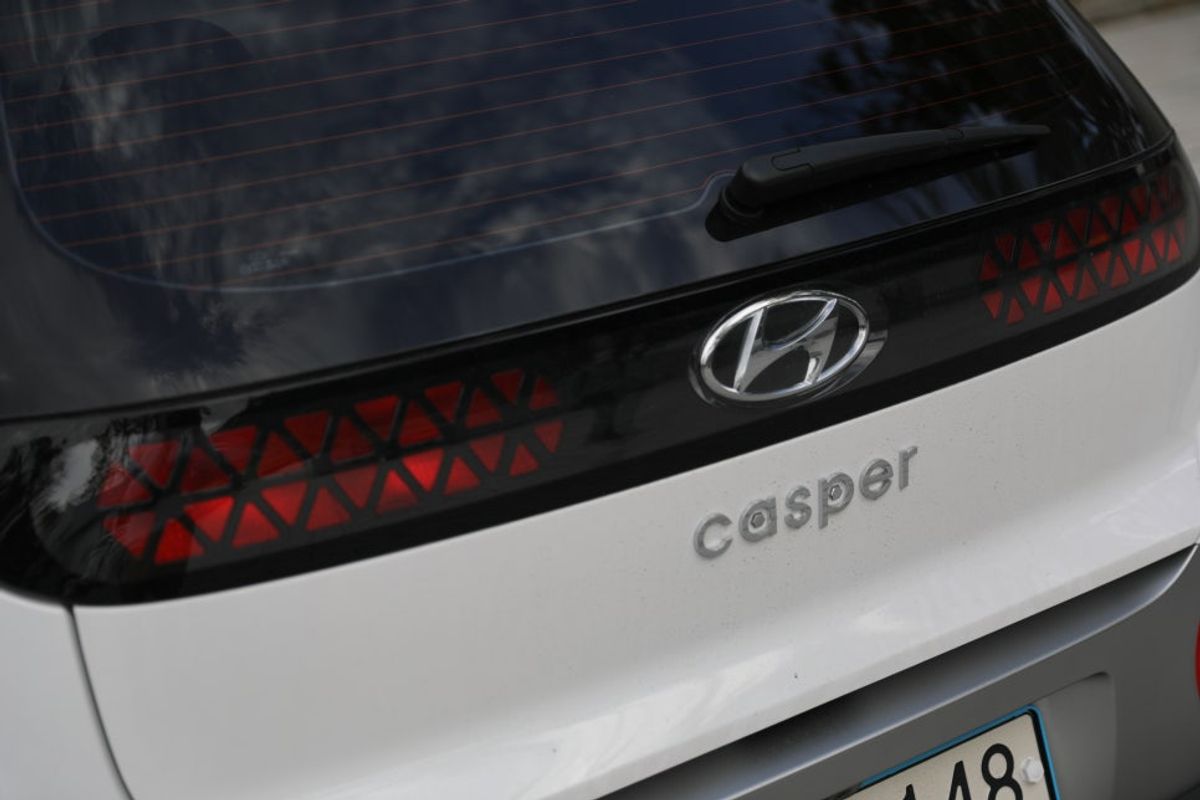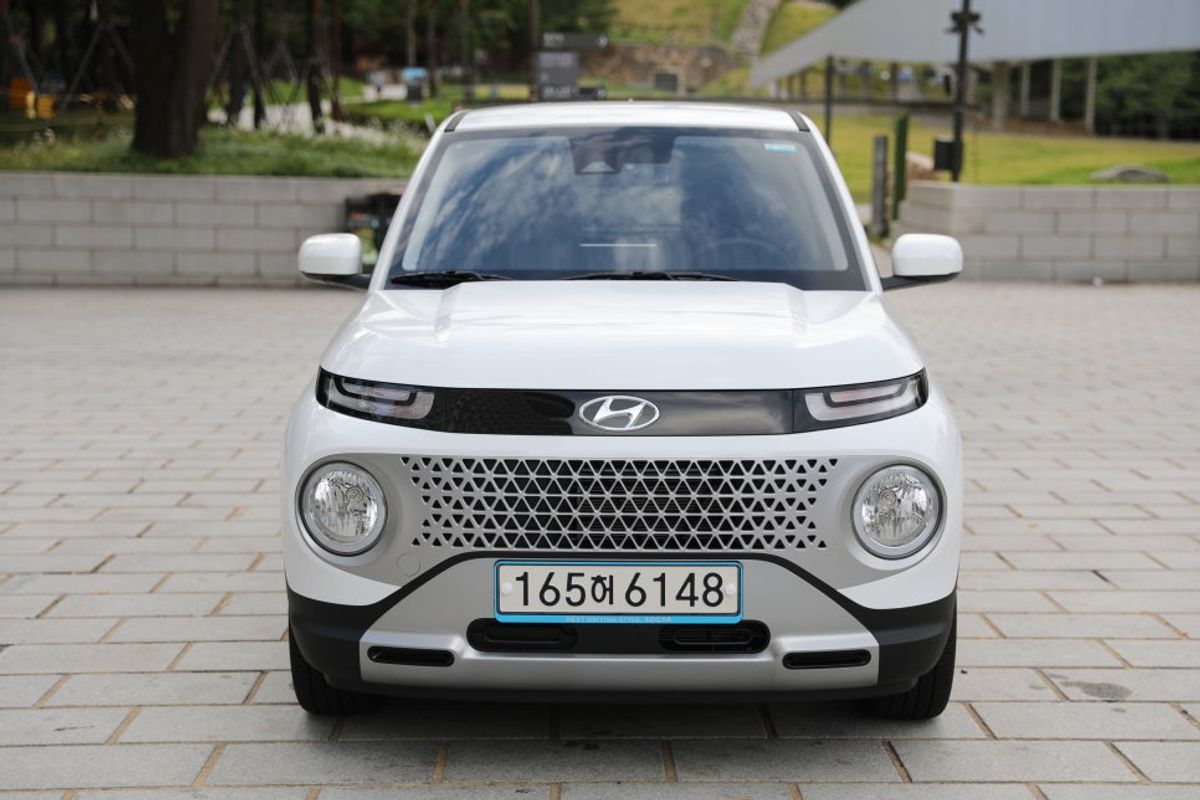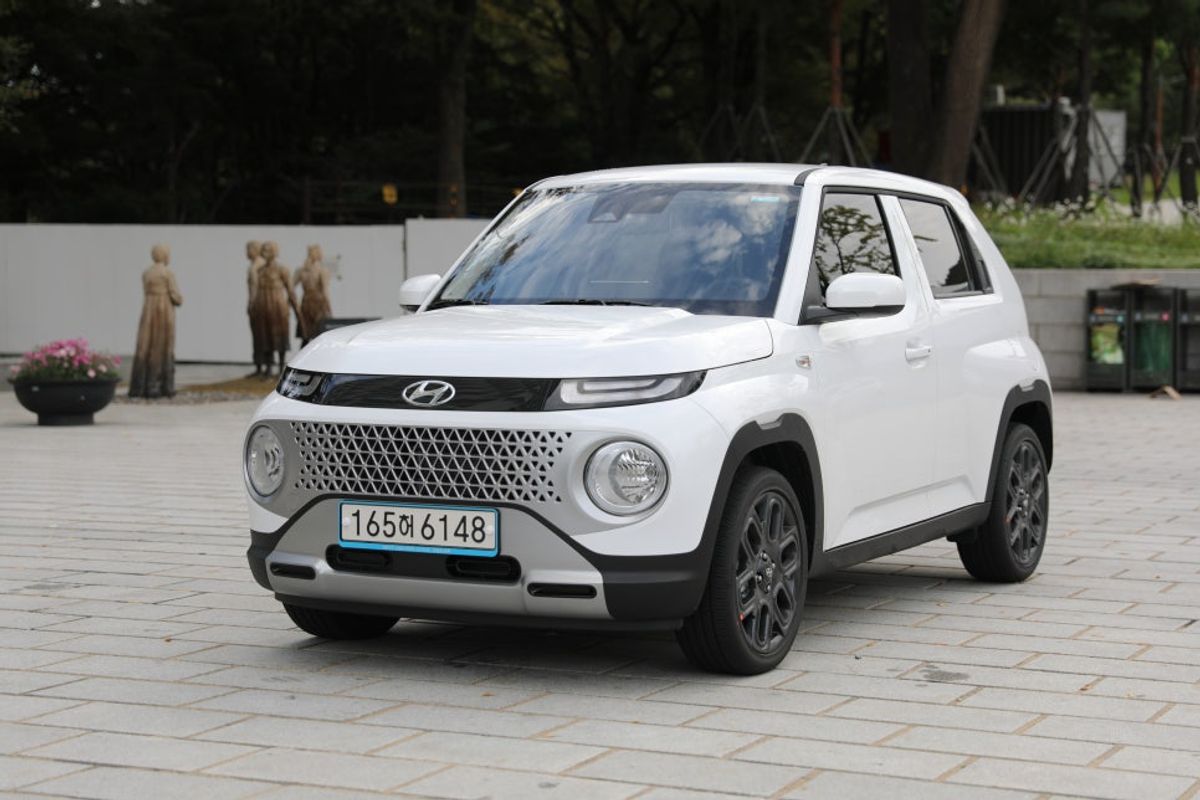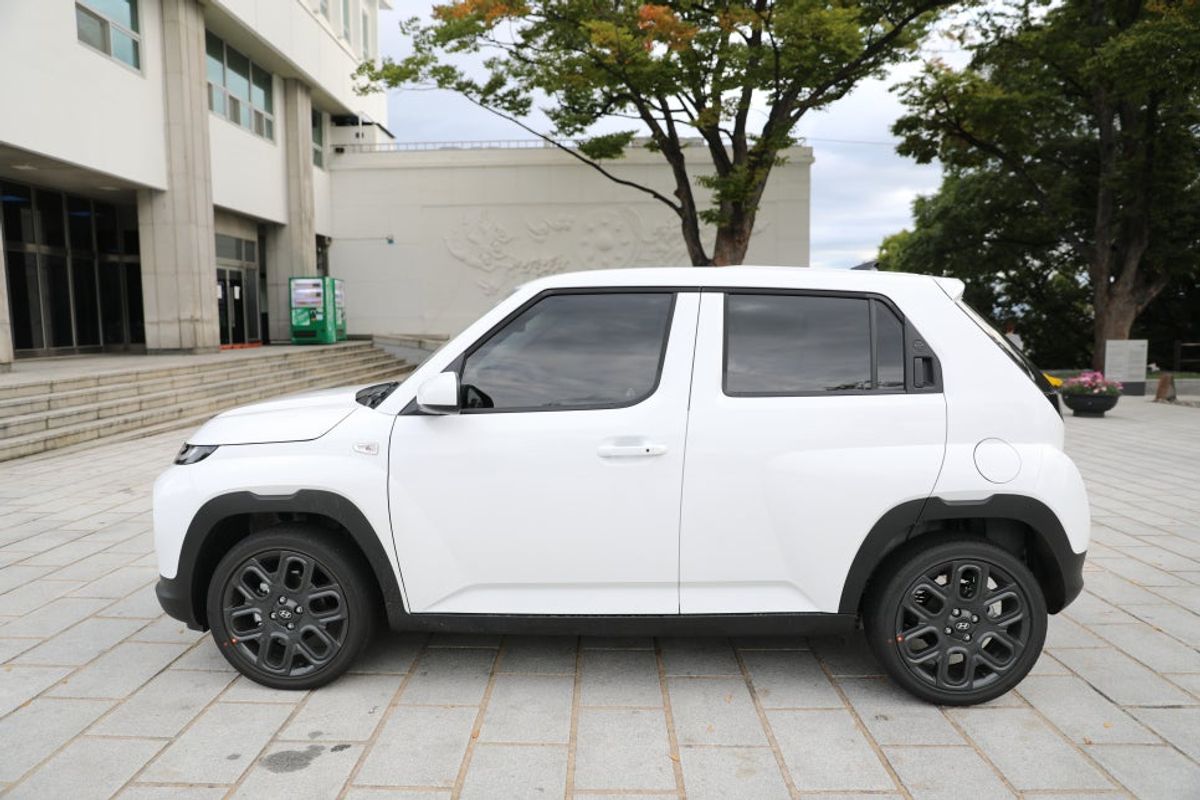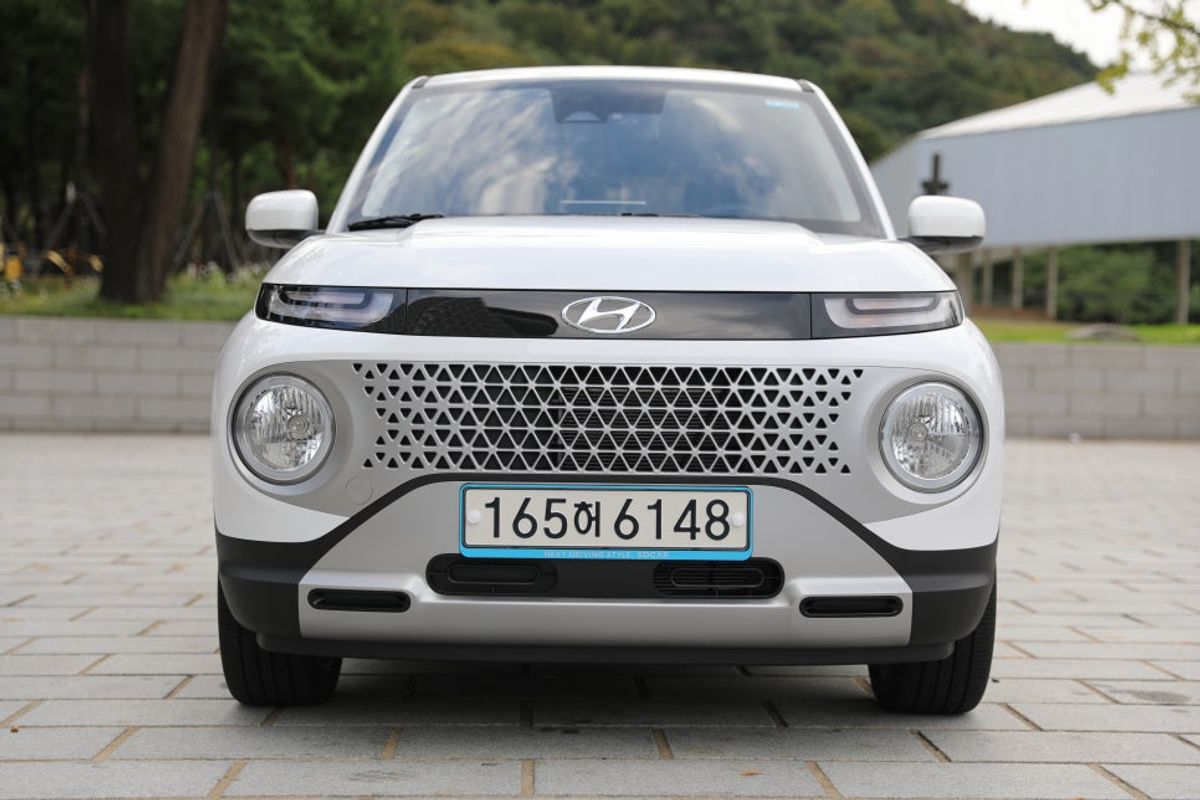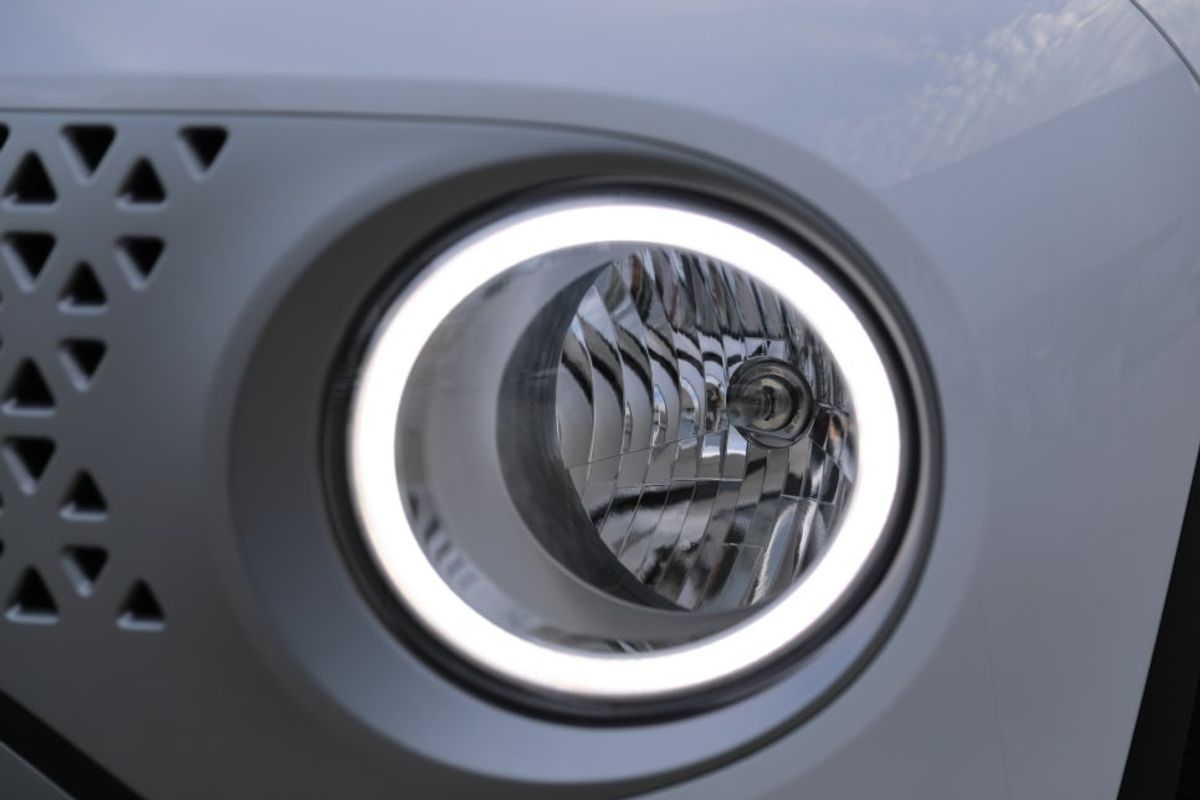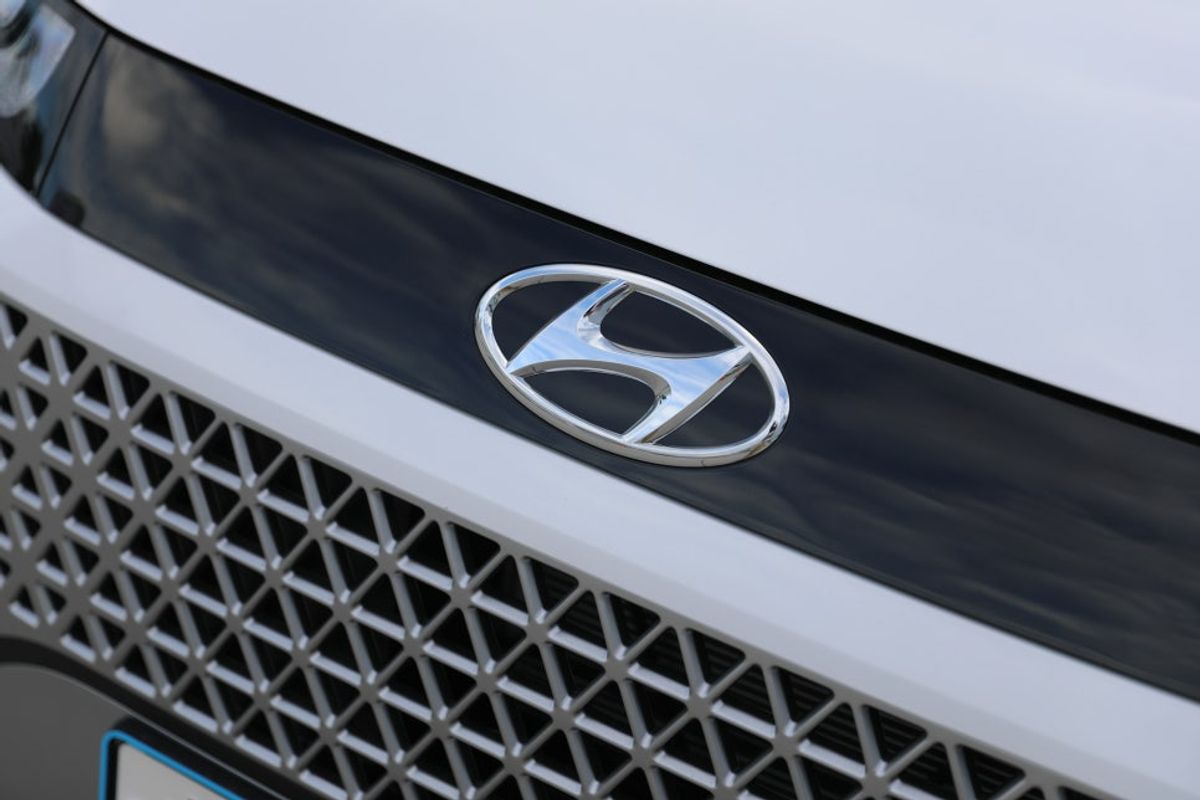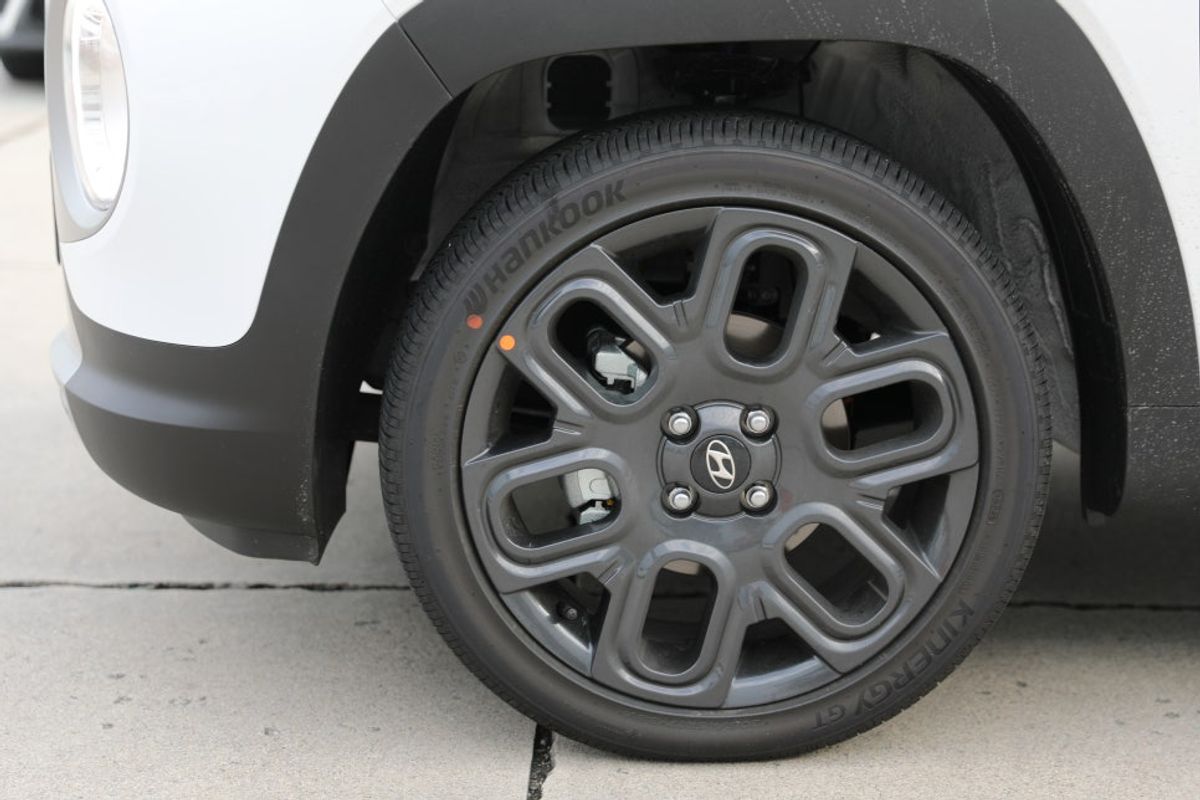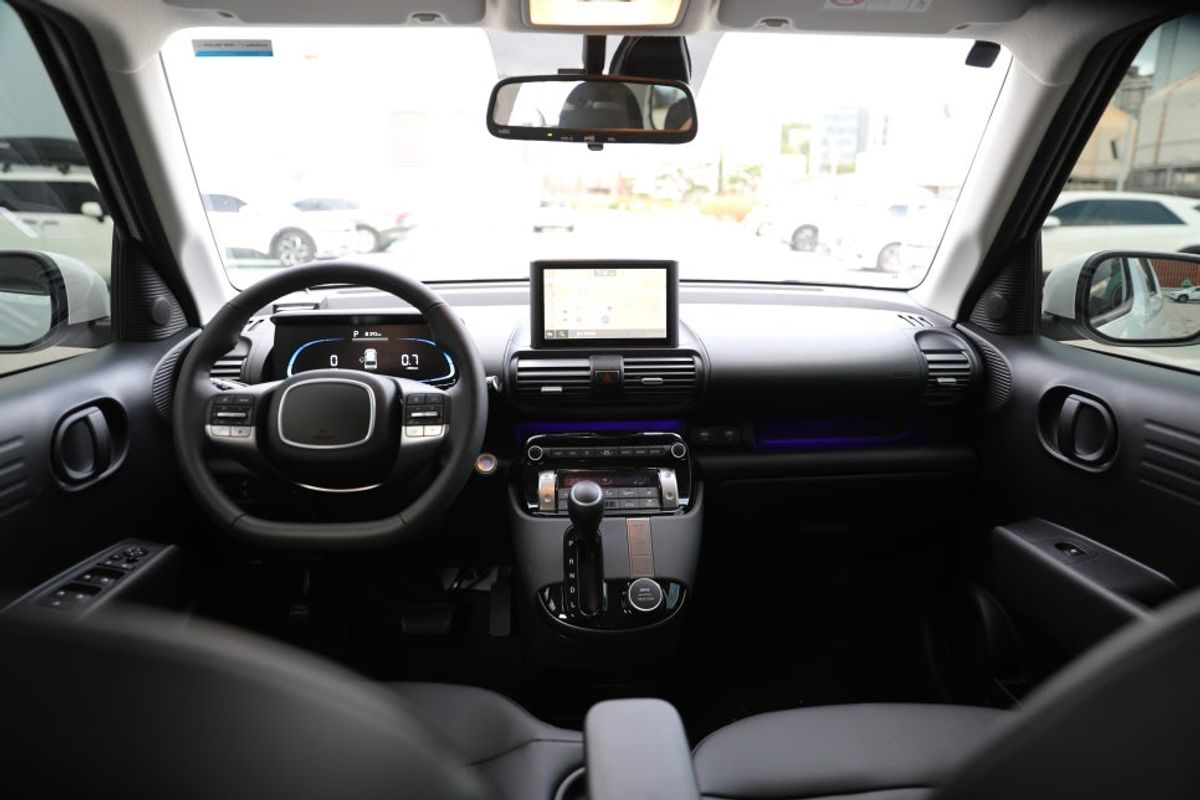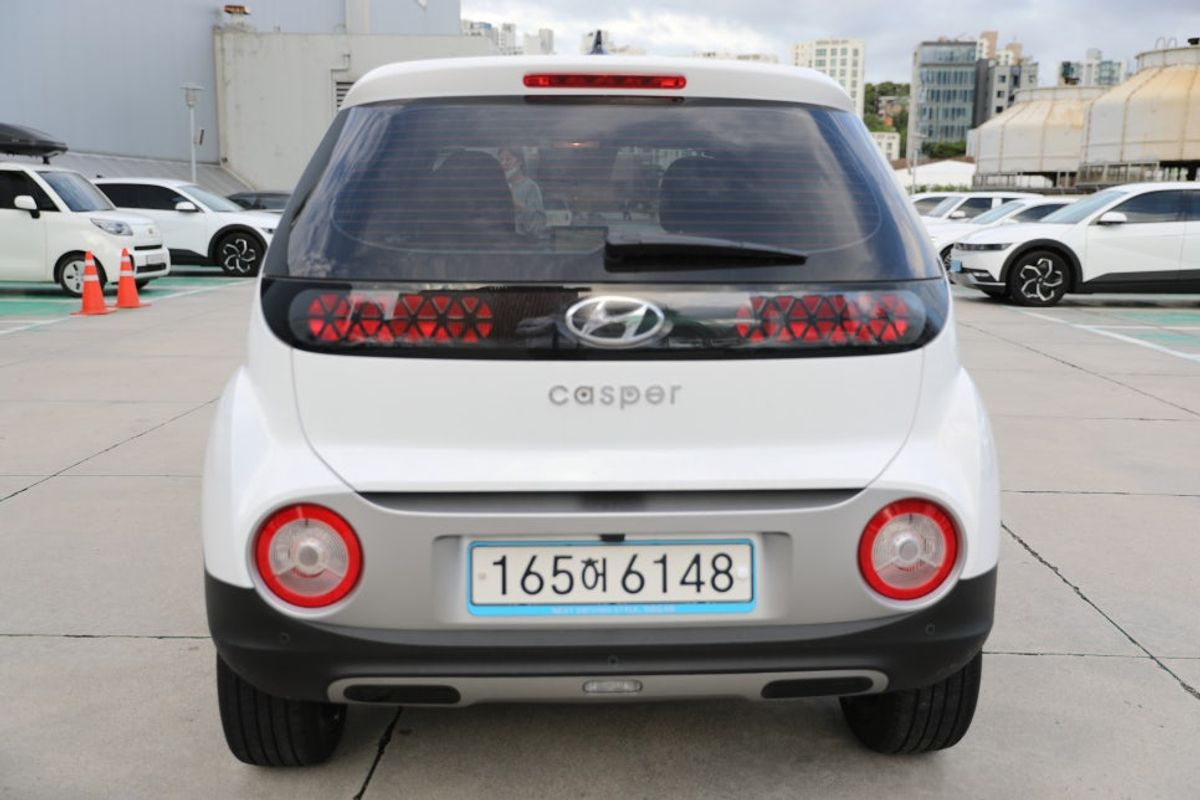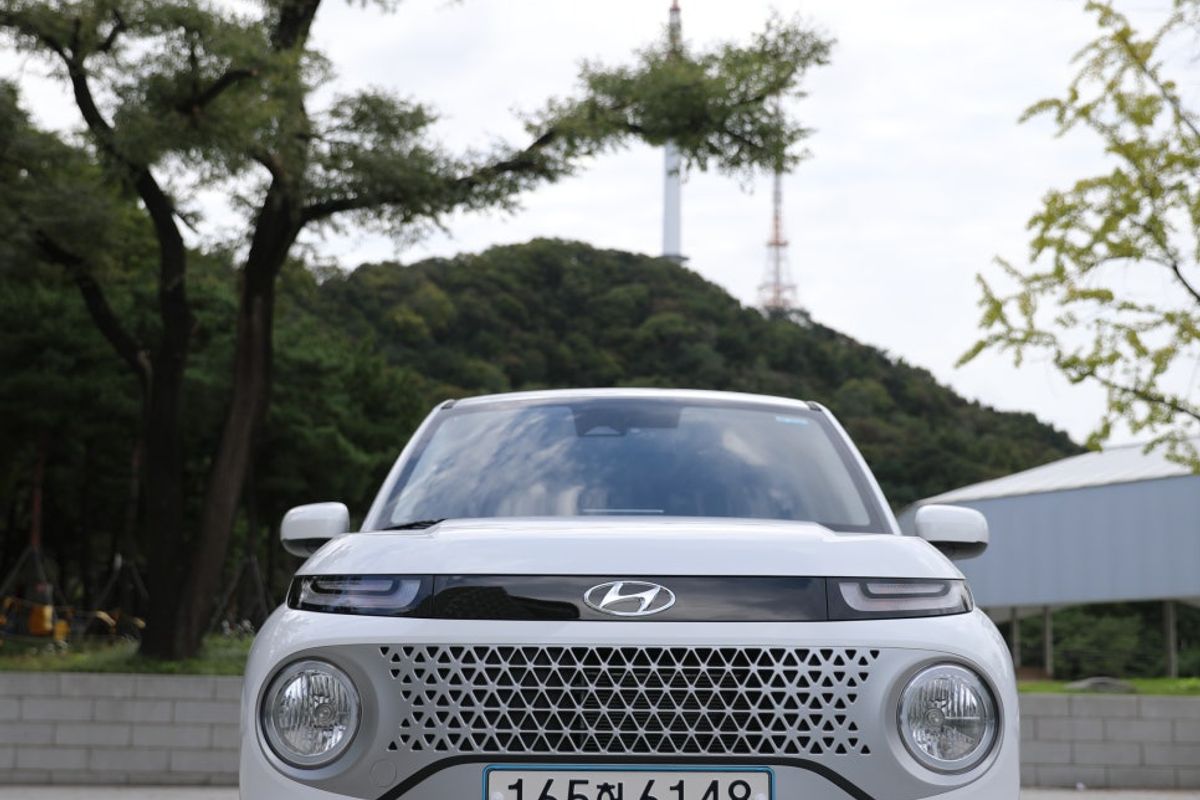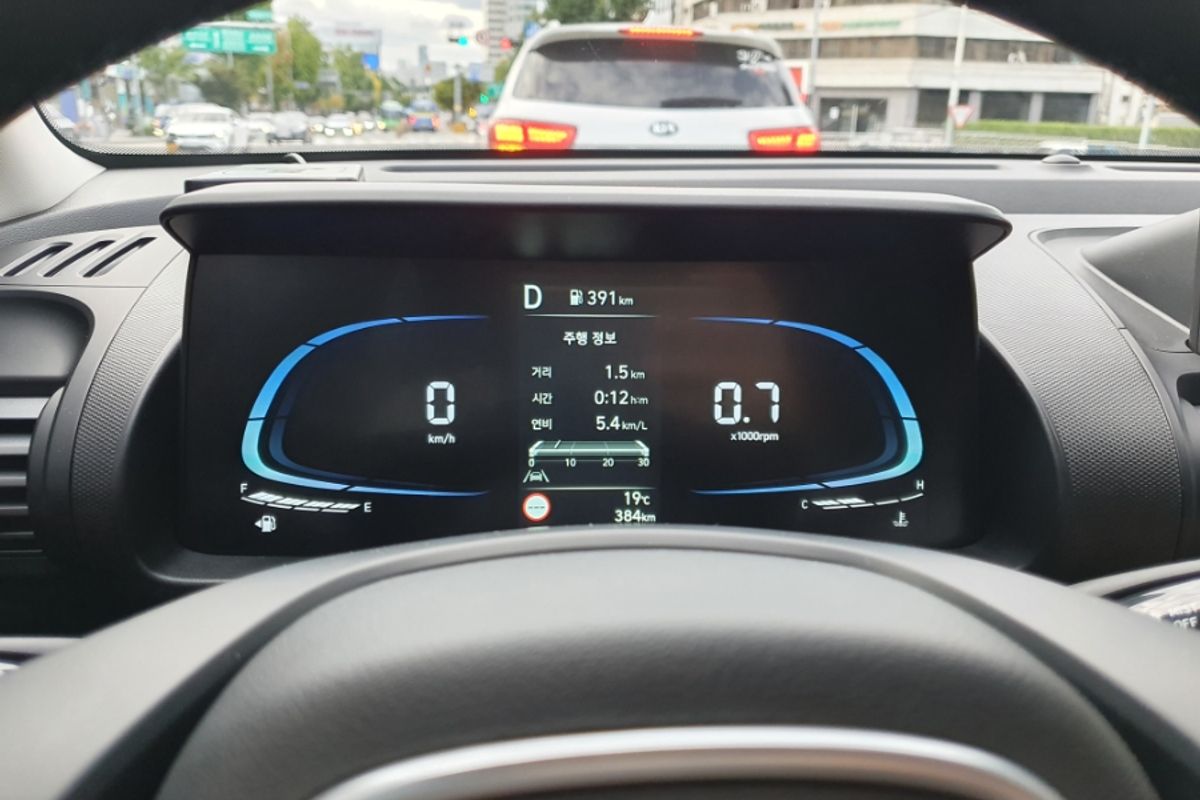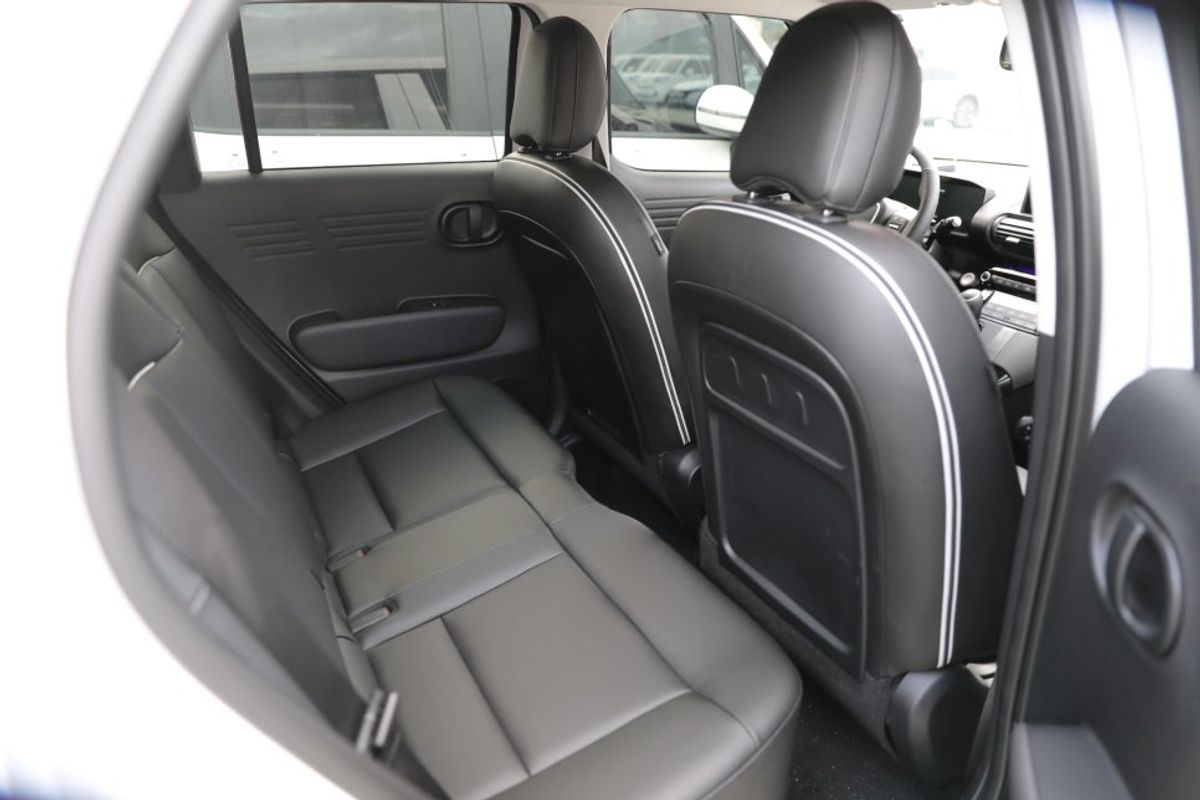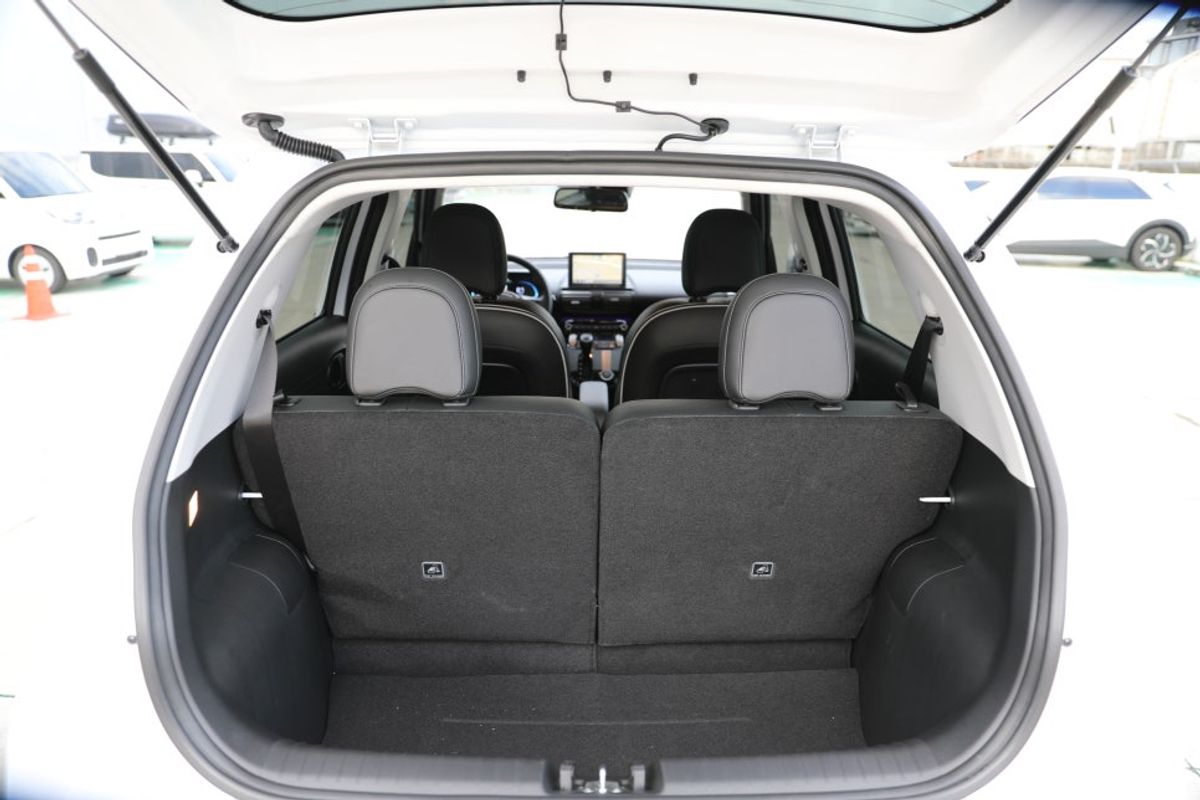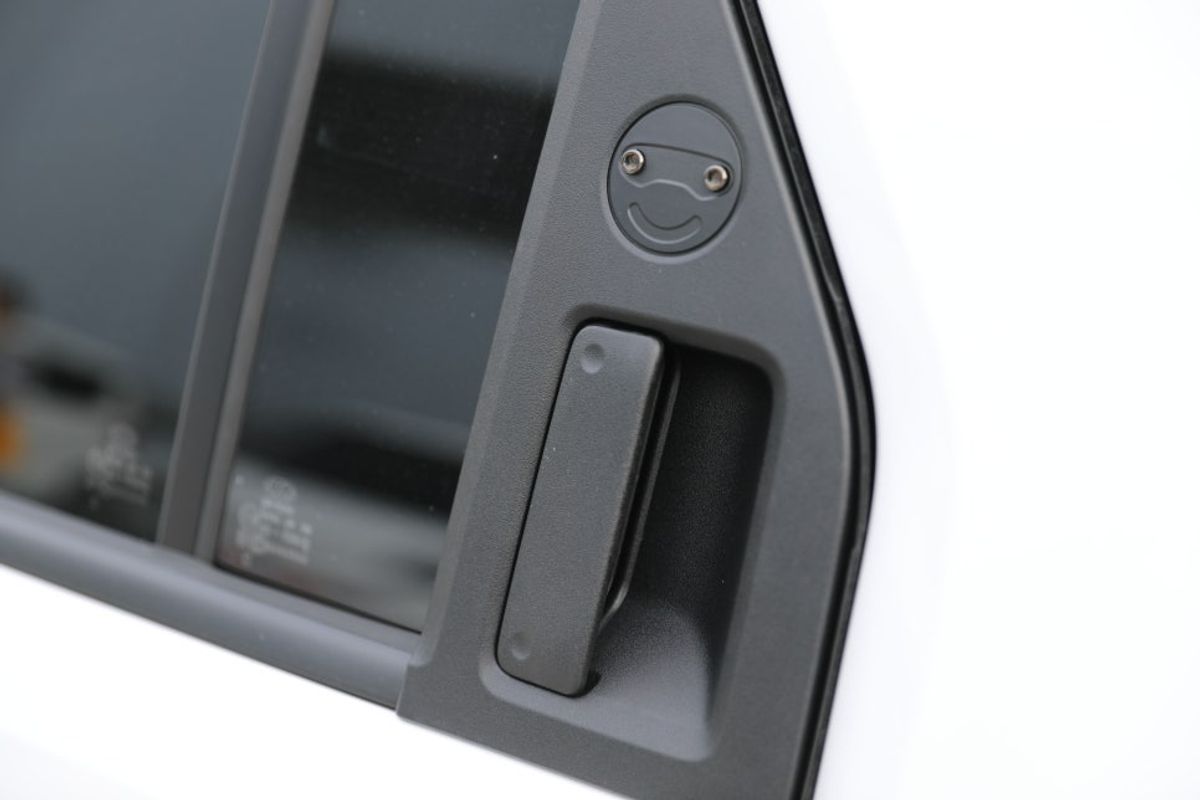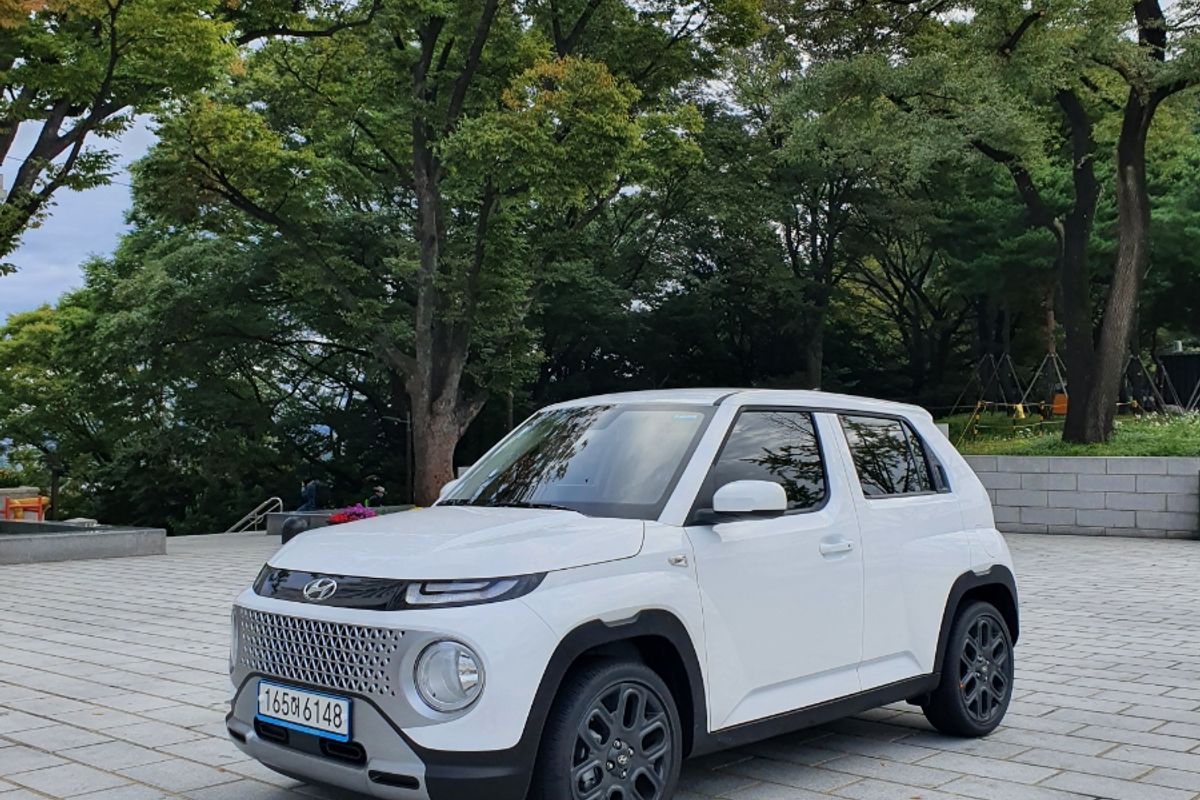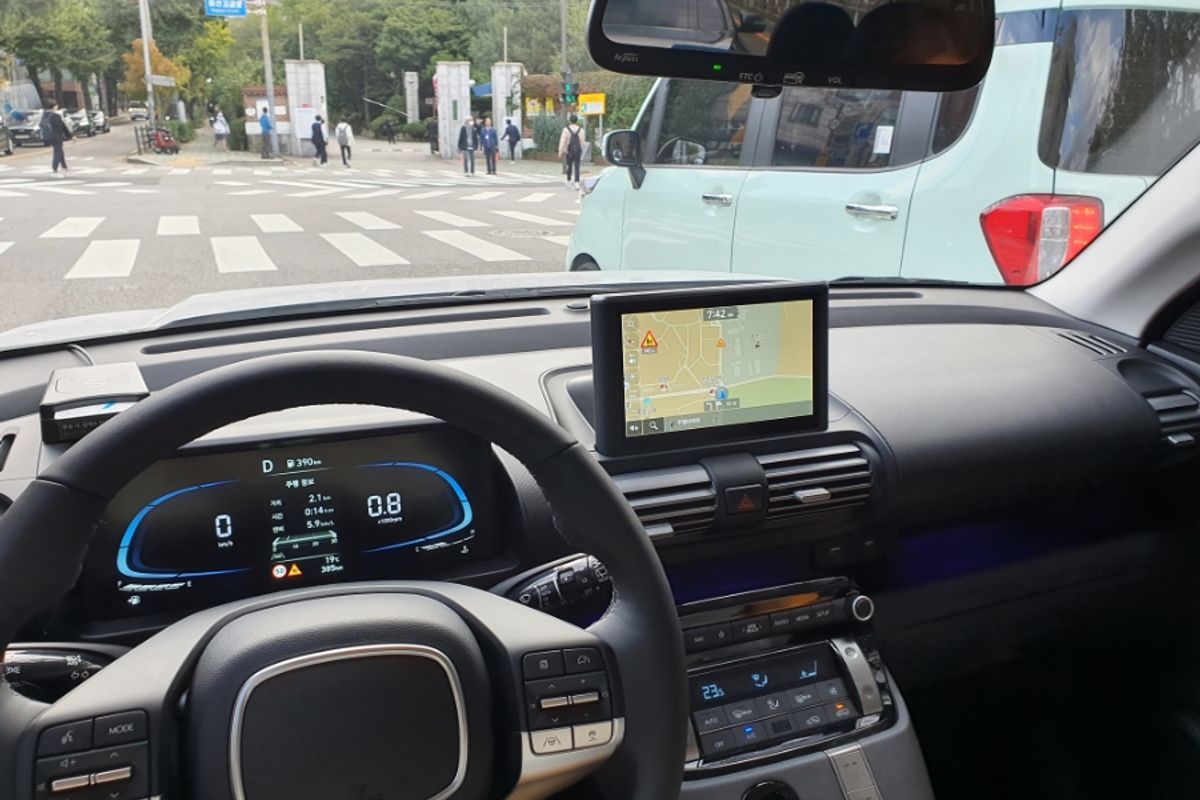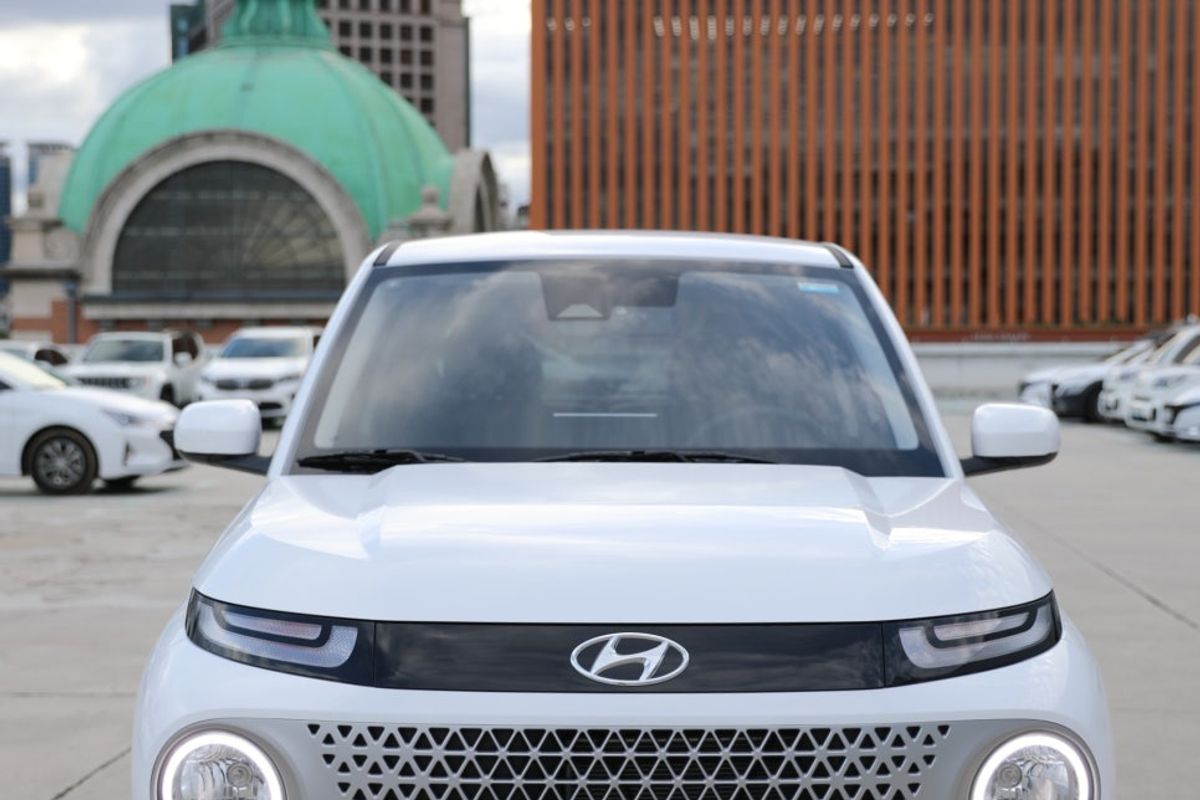The Hyundai Casper, which achieved explosive success upon its release, has garnered significant attention.
Today, I will share my honest thoughts on the advantages and disadvantages of this car based on my test drive experience.
As someone who enjoys golfing frequently, I tend to prefer SUVs that can accommodate golf bags comfortably.
So, when I heard that Hyundai was releasing a compact SUV, I initially didn’t pay much attention.
However, many people around me kept asking about the Casper.
Since I often upload car reviews, I think that’s why they were so curious.
All those questions led me to decide to test drive this car.
First, the design is as charming and cute as its name suggests. Although it’s a small and compact model, it gives off a sturdy impression.
This size is perfect for singles or couples who enjoy urban drives, and despite its compact dimensions, it offers enough height for enjoying camping by the Han River.
The dimensions of the Hyundai Casper are 62.8 inches (1,595 mm) in width, 141.7 inches (3,595 mm) in length, and 62.0 inches (1,575 mm) in height.
With a roof rack, the height increases to 63.0 inches (1,605 mm), but the interior space remains the same.
The wheelbase measures 94.5 inches (2,400 mm).
The Casper comes in two versions: a 1.0-liter gasoline model and a 1.0-liter turbo gasoline model.
I test drove the 1.0-liter gasoline model, which can be distinguished from the turbo model by its appearance.
In the photo below, you can see the round headlights on either side; if there are two more round circles in between, that indicates it’s the turbo model.
The price difference between the gasoline and gasoline turbo models ranges from 900,000 KRW to 950,000 KRW (approximately $675 to $715 USD) depending on the trim.
While the compact SUV model is not overly expensive, considering the price difference, I would recommend the 1.0-liter gasoline turbo model.
The trims are divided into three categories: Smart Launch, Modern Launch, and Inspiration Launch.
The Smart Launch includes features like forward collision prevention, lane departure warning, front vehicle start alert, 15-inch styled steel wheels, and a 4.2-inch color LCD cluster as standard.
The Modern Launch adds heated leather steering wheel, artificial leather seats, heated front seats, ventilated driver’s seat, 50/50 split-folding second row, and smart key remote start.
The Inspiration model features 17-inch alloy wheels, enhanced safety features like forward collision prevention assist, blind spot collision prevention assist, and safety exit warning.
Additionally, it includes smart cruise control, making it ideal for long-distance driving or frequent stop-and-go traffic.
For the 1.0-liter variants, the Smart Launch and Modern Launch differ by 2.05 million KRW (approximately $1,400 USD), while the Modern Launch and Inspiration Launch differ by 2.8 million KRW (approximately $2,000 USD).
The interior space is as compact as expected, but minimizing the legroom in the second row allows for a roomy feel in the front row.
I would recommend it primarily for two adults rather than four, and it’s also suitable for those with young children for school commutes or grocery shopping.
As a boxy model, both the driver and passenger enjoy an open view, which makes driving in narrow alleyways much more comfortable.
Thanks to this visibility, novice drivers can navigate with greater confidence.
This model, with a height of 62.0 inches (1,575 mm) and a width of 62.8 inches (1,595 mm), offers a square-like boxy design that exudes cuteness and charm.
The Casper can feel exhilarating when speeding over bumps, so I recommend reducing speed on city roads with many speed bumps.
On this day, despite knowing this, I jumped a few times, which surprised my wife quite a bit. Haha.
One advantage of this model is that if you choose the 1.0-liter gasoline and Smart Launch option, you can purchase the vehicle for 13.85 million KRW (approximately $10,500 USD).
While taxes and registration fees will increase the price, the ability to purchase a Hyundai vehicle at such an affordable price is a significant advantage.
Especially for those who already own a mid-size or larger vehicle, if you don’t need to drive a large car for short trips or grocery shopping, consider purchasing the Hyundai Casper as a second car to enjoy these economic benefits.
Depending on your current vehicle and driving habits, having an additional Casper can reduce your overall maintenance costs.
If you don’t maximize the space in the front row, having an adult sit in the second row can be challenging.
It’s better for one or two adults to use the front seats comfortably while utilizing the second row for cargo or camping space.
Since the boxy design provides sufficient height, consider this when evaluating its utility.
The trunk space can accommodate a few bags, as shown in the photo below.
The second-row door handles are located at the end of the doors, and I find these small details quite appealing.
However, since the vehicle has just launched, it’s currently loved for its fresh and unique design, but I worry that this charm might fade if I see it too often on the streets.
In any case, those who receive their vehicles quickly will definitely enjoy a win!
During my test drive through downtown Seoul, I noticed that the 1.0-liter gasoline model struggles on steep roads like those around Namsan.
Even though it’s a small and light car, the 1.0-liter engine only produces 76 horsepower, making it difficult to drive, especially with two passengers on board.
The Casper comes in a variety of colors, but the model I test drove is frequently available through car-sharing services, which may make it feel common soon.
If you want to express your personality, I recommend choosing a more impactful color.
Personally, I really liked the Tomboy Khaki and Intense Blue Pearl colors.
The interior colors are available in Light Gray Blue, Dark Gray Light Khaki, and Black, but the options are limited.
This lack of variety is a drawback.
I generally prefer vibrant colors, but I found the interior options lacking beyond black.
This aspect is quite disappointing.
The design and color of the interior seats seem to have fallen short; it appears that too much focus went into the exterior design and colors.
While driving, I also navigated the narrow alleyways of Itaewon, and the wide visibility and compact size made it incredibly easy.
In such road conditions, the Hyundai Casper proves to be highly functional. I recommend it for city driving with minimal uphill challenges!
I doubt many people will be overly curious about driving performance, so I’ll skip that part. There’s not much to say. Haha.
Today, I uploaded my thoughts on the design, options, and driving experience of the Hyundai Casper.
I plan to test drive the 1.0-liter turbo model later this month, so if you have any questions, feel free to ask in the comments.
I conducted this test drive using a five-hour free trial event from a car-sharing service, which allows you to resolve your curiosity at a very low cost by just paying for insurance.
I recommend taking advantage of such test drive events to satisfy your curiosity about the Hyundai Casper.
